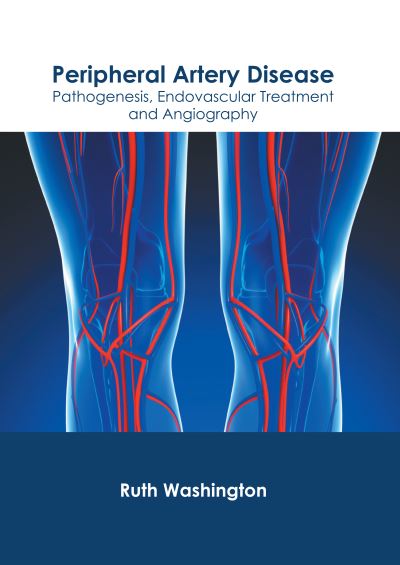
Peripheral artery disease (PAD) is the condition characterized by an abnormal narrowing of arteries that supply blood to all parts of the body other than the heart or brain. The underlying mechanisms of peripheral artery disease are atherosclerosis, blood clots, artery spasm, fibromuscular dysplasia, trauma and vasculitis. Depending on the severity of the disease, PAD can be managed through revascularization, medication and lifestyle changes. Revascularization can be done through an angioplasty, vascular bypass grafting, atherectomy, thrombolysis and thrombectomy. The need for revascularization is determined on the basis of the clinical presentation of critical limb ischemia, claudication and acute limb ischemia. Angiography, in particular magnetic resonance angiography and high-resolution computed tomography angiography provides assessment of vascular anatomy, disease location and lesion character. Such imaging helps to localize the lesions that are targeted for revascularization. The topics included in this book on endovascular treatment and angiography are of utmost significance and bound to provide incredible insights to readers. It will help new researchers by foregrounding their knowledge in peripheral artery disease.
| ISBN: | 9781632429186 |
| Publication date: | 8th September 2020 |
| Author: | Ruth Washington |
| Publisher: | Foster Academics an imprint of FOSTER ACADEMICS |
| Format: | Hardback |
| Pagination: | 232 pages |
| Genres: |
Cardiovascular medicine |